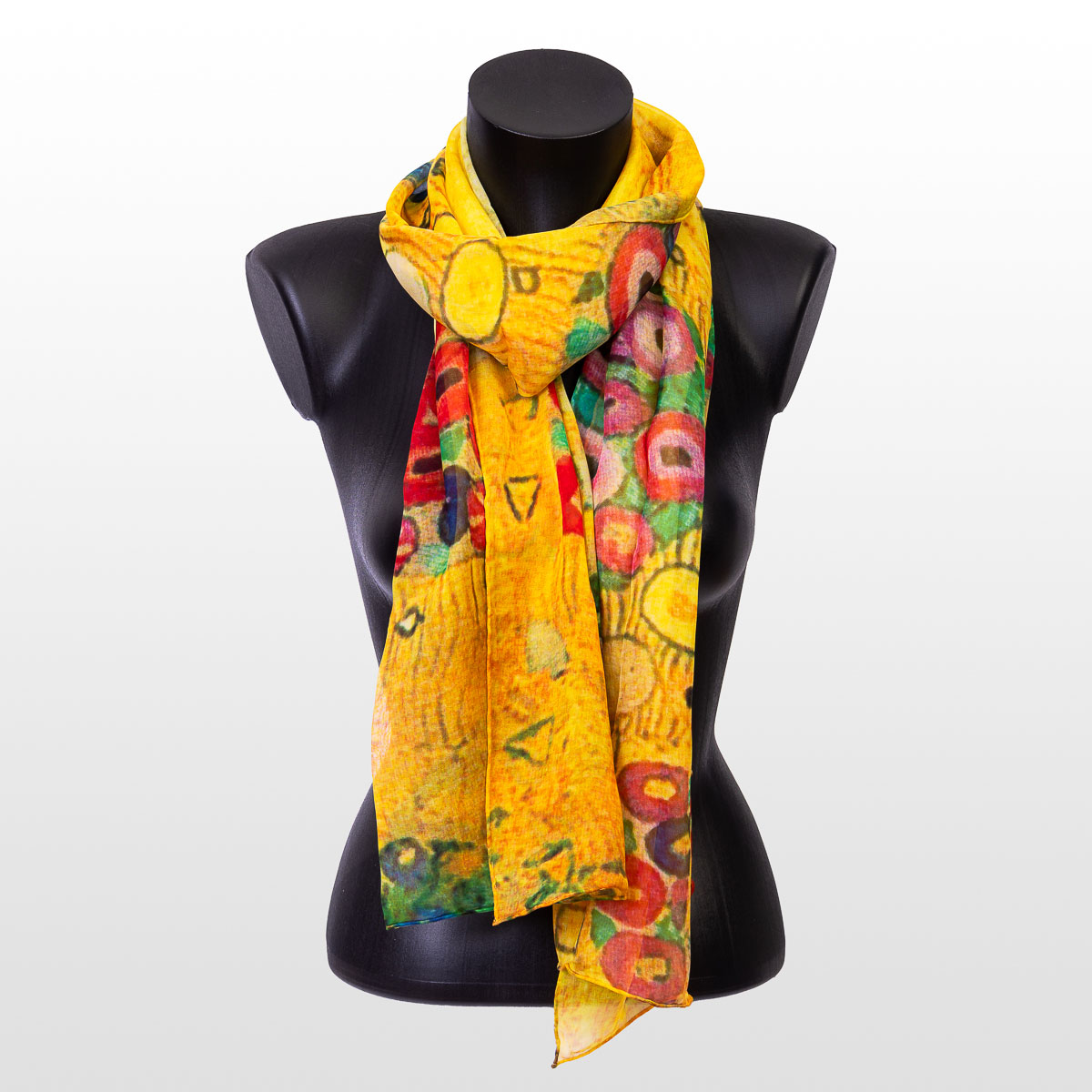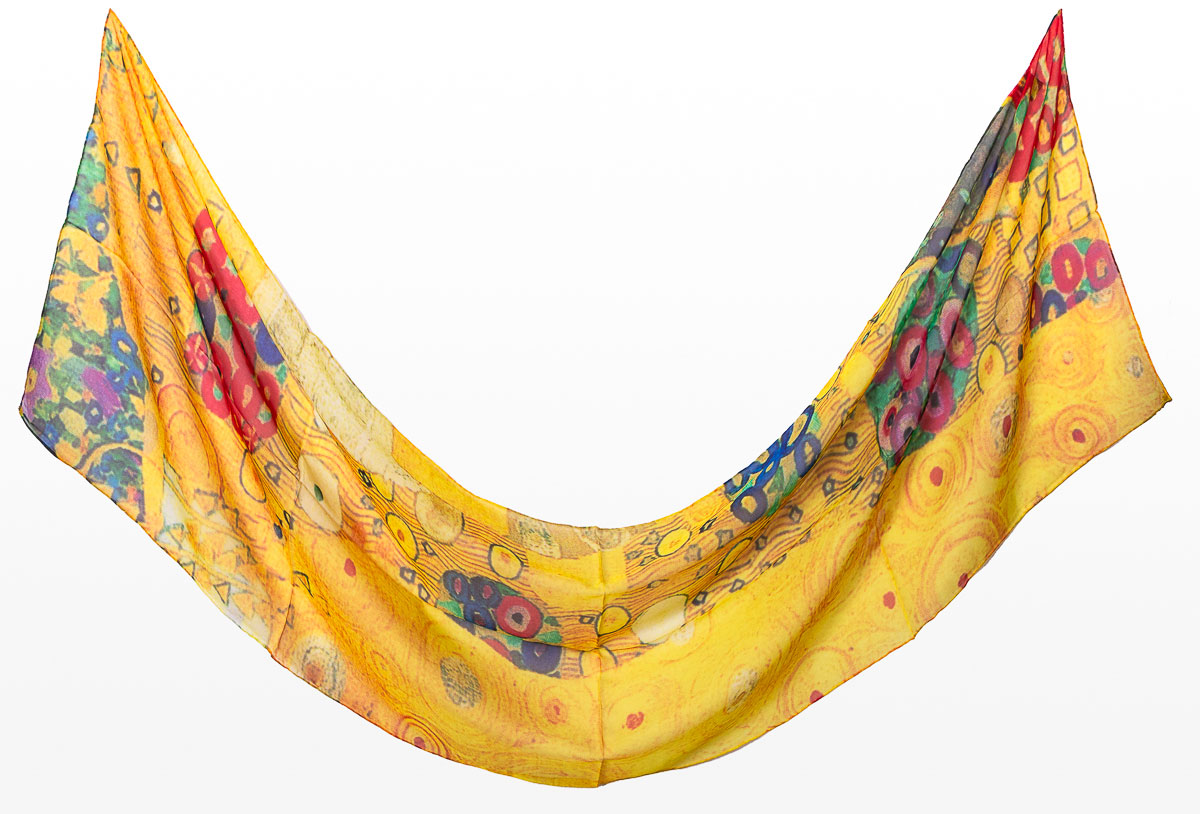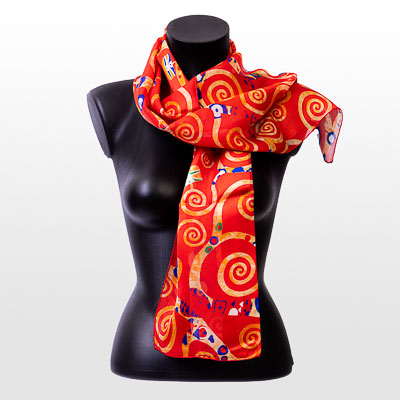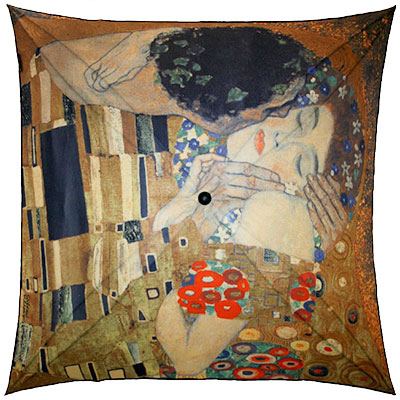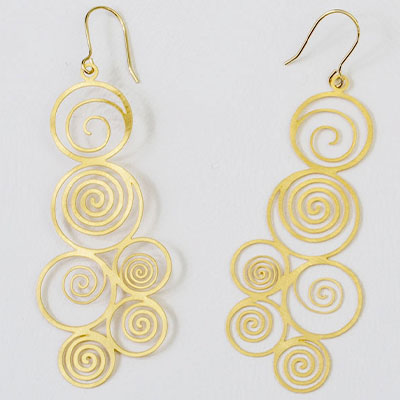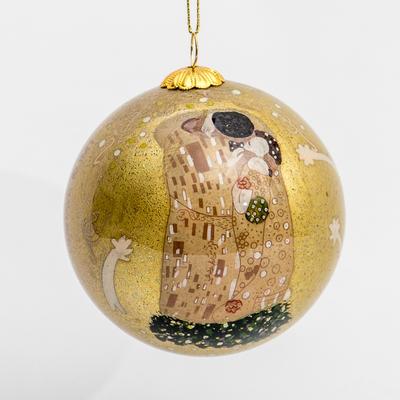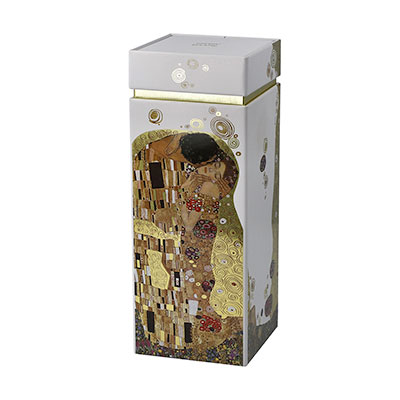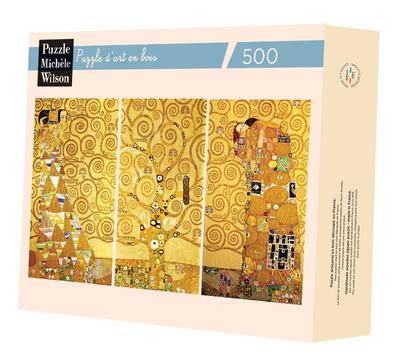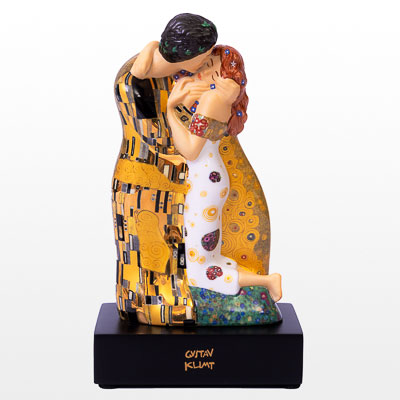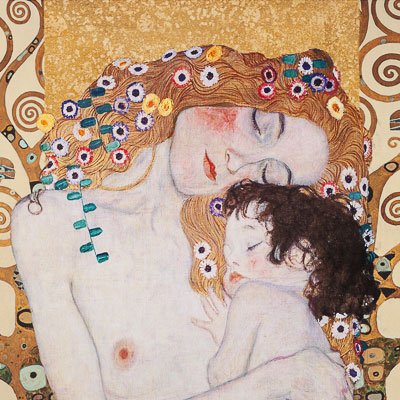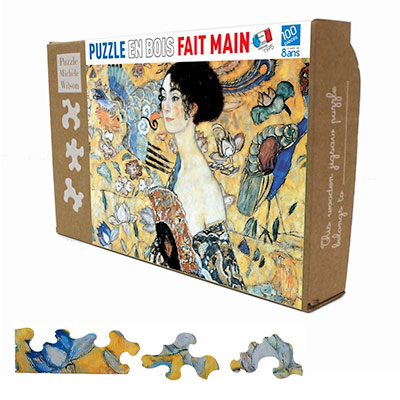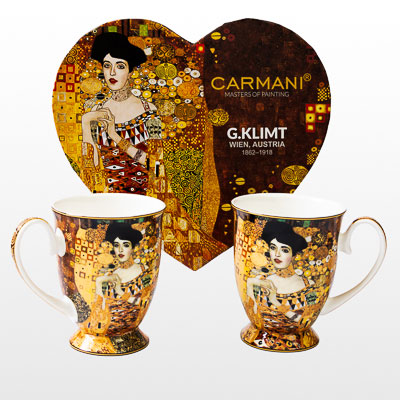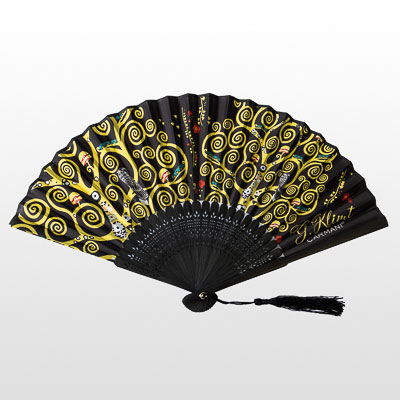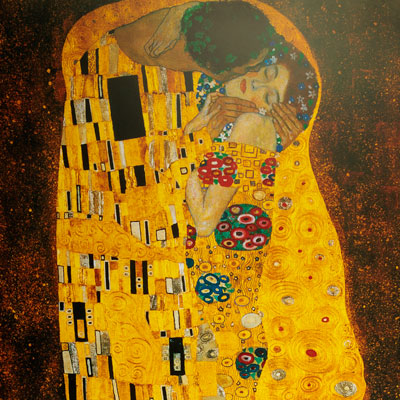Tel : (+33) 4 94 63 18 08
9am - 6pm from Monday to Sunday
* * * * *
The kiss (1908), Gustav Klimt
Gustav Klimt's work of Art, "The Kiss," is an iconic masterpiece that embodies the Symbolist and Secessionist style of early 20th-century Vienna. This oil painting on canvas was created between 1907 and 1908 and is now considered one of the most famous works in art history. This painting is a sublime fusion of eroticism, spirituality, and symbolism. It depicts a couple embraced, standing on the edge of a precipice, engaged in a passionate embrace. Their faces remain invisible, but their love shines through the tumult of golden motifs and circles that envelop them. These elements symbolize spiritual union and transcendence. The opulent ornamentation of the work is unquestionably one of its most striking features. Gustav Klimt used gold and silver leaf to embellish the clothing and the background, creating an enchanting luminosity and profound richness. This work is marked by the Art Nouveau movement, with its organic forms, curved lines, and floral motifs. This aesthetic is enhanced by influences from Byzantine and Egyptian art, particularly in the geometry of the motifs and the stylization of the figures. Beyond its visual beauty, the work also has a critical dimension. It can be interpreted as a reflection on Viennese society and art of the time, where creativity and emancipation were often hindered by rigid social conventions.
Art Nouveau
Art Nouveau: An Ornamental Whirlwind that Marked the World of Art
Art Nouveau, this artistic movement that emerged in Europe at the end of the nineteenth century, managed to enchant the senses and revolutionize artistic conception until the first decades of the twentieth century. Its founders, visionary minds like Victor Horta and Hector Guimard, infused a new vitality into creative expression by adopting an extravagant ornamental style, resembling a visual symphony inspired by nature. Between 1895 and 1905, Art Nouveau reached its peak, submerging the artistic and architectural landscape with its flamboyant brilliance. However, its imprint deeply rooted itself in the intricacies of art and architecture, stretching far beyond that prosperous period. The movement drew inspiration from various artistic and cultural currents of the time, such as Japonism and the Arts and Crafts Movement, skillfully merging traditional and modern elements to create a bold aesthetic. Art Nouveau artists left their mark with fluid curved lines and intricate ornamental motifs, blossoming like flourishing petals in their creations. Their passion for nature translated into works brimming with life and energy, capturing the very essence of the natural world in breathtaking beauty. They also explored new artistic paths, pushing boundaries through innovative production techniques, such as blown glass and forged metal. These daring creators found their expressive ground in a multitude of artistic fields, whether in architecture, sculpture, engraving, photography, or furniture design. Names like Victor Horta, Hector Guimard, Gustav Klimt, Antoni Gaudí, Alphonse Mucha, Théophile Alexandre Steinlen, Henri de Toulouse-Lautrec, and Aubrey Beardsley illuminated the artistic scene with their creative genius. Their works, exhibited at international events, spread the fame of Art Nouveau to all corners of the globe. Although Art Nouveau held a prominent place in art history, it did not escape criticism, with some reproaching it for its lack of political and social depth. At the turn of the twentieth century, it eventually gave way to new artistic movements. Nevertheless, its legacy endured, imbuing art and architecture with timeless influence. Even today, it is celebrated and admired for its unparalleled splendor and creativity, an eternal testament to a time when art dared to push the boundaries of imagination.
Discover the artist
Klimt Gustav
Gustav Klimt: Artistic products of the famous Art Nouveau artist . We propose a large choice of articles as umbrellas and silk scarves made in France, art jewelry or artistic puzzles.
